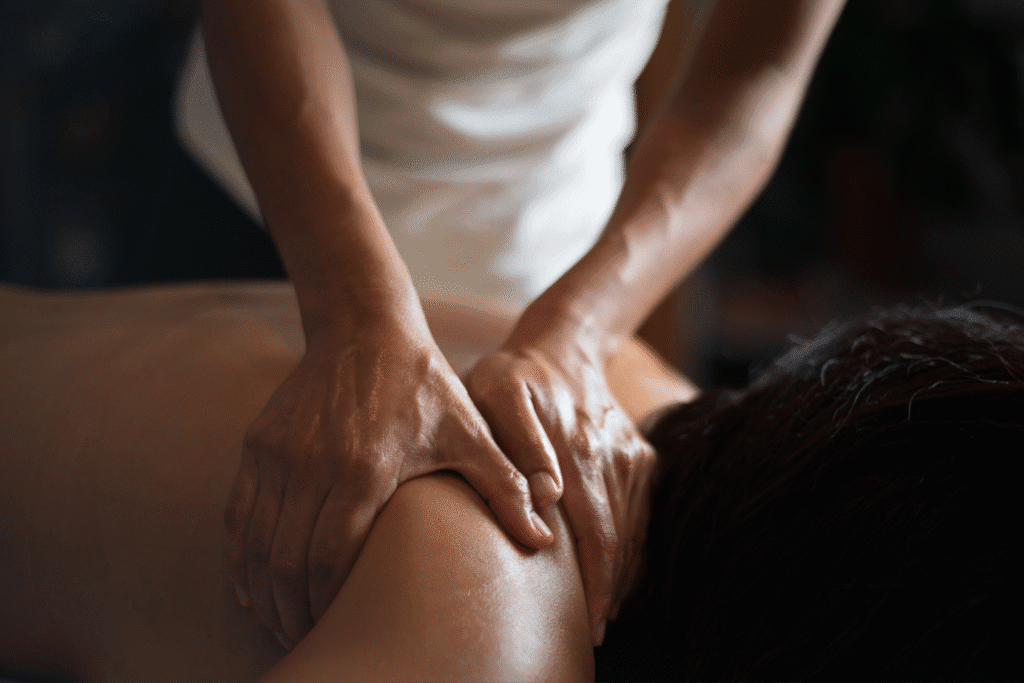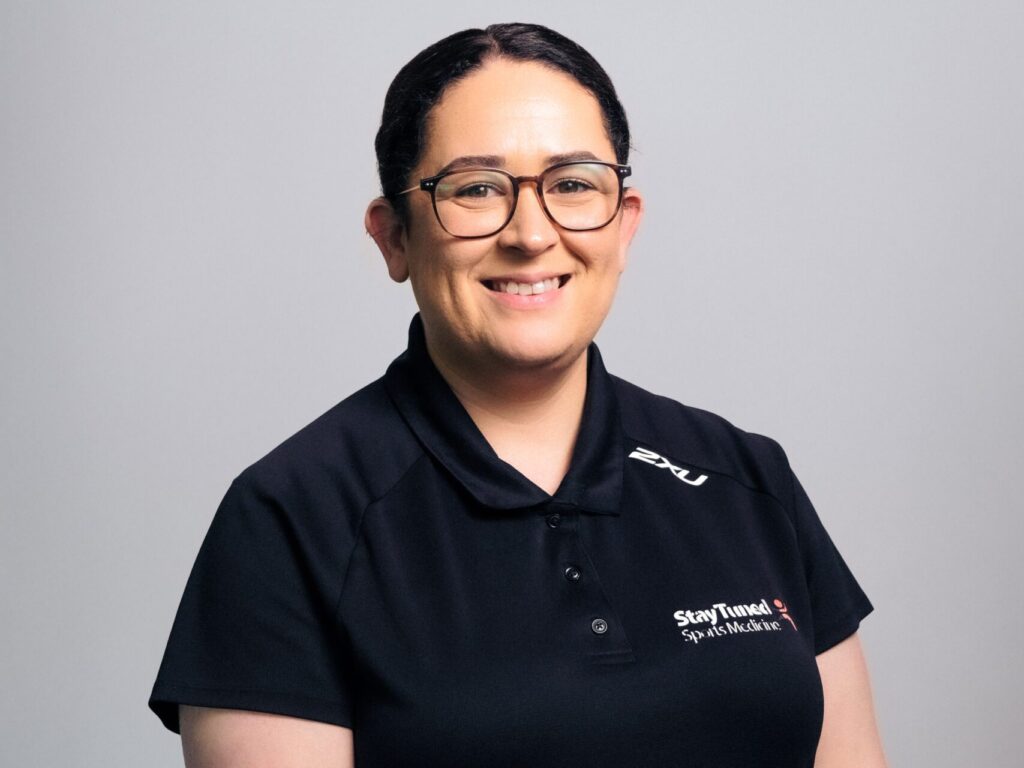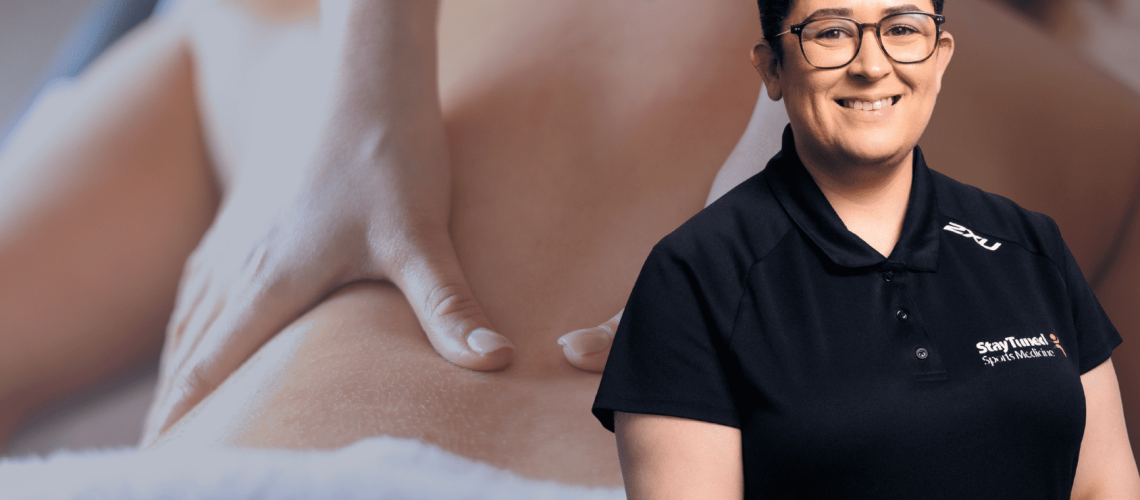Myotherapy is a hands-on treatment that targets musculoskeletal pain and dysfunction. These issues can come from sports or work-related injuries, poor posture, repetitive strain, or post-surgery recovery. Myotherapy uses targeted manual therapy techniques to restore mobility, reduce pain, and improve functional capacity (Myers et al., 2018).
In our session, we’ll start with a relaxed but thorough conversation about what you’re feeling, when it started, and what makes it better or worse. This helps tailor your treatment to your exact needs. I’ll also run a few simple assessments—checking how your muscles are functioning, your range of motion, and whether the area is moving the way it should.
That said, I prefer to keep assessments focused so we can spend more time on what matters most—treatment. My goal is to get you on the table, work toward pain relief, and improve function as efficiently as possible.

What Techniques Are Used?
Depending on your presentation, I may use:
- Deep tissue massage – shown to reduce muscle tension and improve circulation (Crawford et al., 2016)
- Trigger-point therapy – is often effective for myofascial pain syndromes (Bron et al., 2011)
- Myofascial release – supports pain reduction and flexibility (Ajimsha et al., 2015)
- Dry needling – can reduce pain and improve function in musculoskeletal disorders (Liu et al., 2015)
- Cupping therapy – may aid in reducing muscle pain and increasing blood flow (Cao et al., 2015)
- Joint mobilisation – improves joint mechanics and decreases stiffness (Mulligan, 2010)
- Stretching and corrective exercise advice – essential for long-term management and injury prevention (Page, 2012)
Common Conditions I Treat
Myotherapy is suitable for a wide range of people—whether you’re a tradie with shoulder tightness, a desk worker battling headaches, or an active mum recovering from a C-section.
Some common complaints I help with include:
- Neck and shoulder tension
- Lower back pain and sciatica
- Headaches and migraines
- Postural imbalances
- Hip and gluteal tightness
- Sports or occupational injuries
- Muscle strains or overuse injuries
When combined with movement or exercise therapy, manual therapy has been shown to improve outcomes in many of these conditions (Bialosky et al., 2009; Moraska et al., 2020).

Will It Hurt?
Sometimes, yes—but not unbearably. Some clients prefer firm pressure, while others respond better to a gentler approach. I’ll always check in with you and adjust as needed. Most people find that while treatment can feel intense, the relief afterwards is worth it—less tension, less pain, and better movement.
Your Comfort is My Priority
I genuinely don’t like seeing people in pain. I aim to listen, assess, and do everything within my skill set to help you feel better, move better, and get back to doing what you enjoy.
Ready to Feel the Difference?
Book a session or get in touch—I’m always happy to answer any questions about how myotherapy can support you.
Simone Currie
Myotherapist


